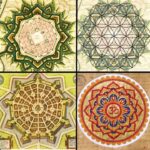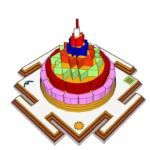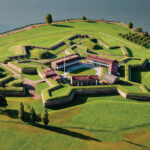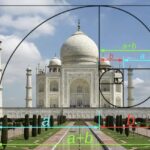Hi all! How is everything? Every time I feel my beliefs are challenged somehow by a new perspective I remember of Leonardo Da Vinci’s famous quote:
“To develop a complete mind: Study the science of art; Study the art of science. Learn how to see. Realize that everything connects to everything else.” (Leonardo Da Vinci).
It seems like ‘seeing” is not something so obvious for everyone. Each person will pretty much be in one same place and see completely different things depending on their cultural background, studies, beliefs, profession, etc. As another important name of literature affirmed once:
“We don’t see the world as it is, we see it as we are.” ( Nin).
I believe that as we, human beings, expand our level of consciousness regarding the existing world, we also start to see things differently.
By the way, I remember one time when I was doing a training course, to become a QUT tutor, in Cultural Awareness regarding Australian indigenous culture, one of the trainers mentioned that:
“In our culture we learn through experience rather than through ‘myths’.“.
That just blew my mind at the time! I never saw things the same way again. This makes me think the indigenous cultures know very well what Leornardo Da Vinci was talking about.
I thought this introduction was really important to be made especially when we analyse certain types of knowledge, which we are used to see through a widely accepted and unchanged perspective, such as the ‘Star Forts’ spread around the world.
In the annals of history, amidst the tales of conquests and defenses, stand monuments of architectural brilliance and strategic design – the Star Forts. These enigmatic structures, characterized by their distinctive star-shaped layouts, dot the landscapes of various continents, each bearing witness to a bygone era of military prowess and ingenuity. From Europe to Asia, and even the Americas, the legacy of Star Forts continues to intrigue and captivate both historians and casual observers alike.
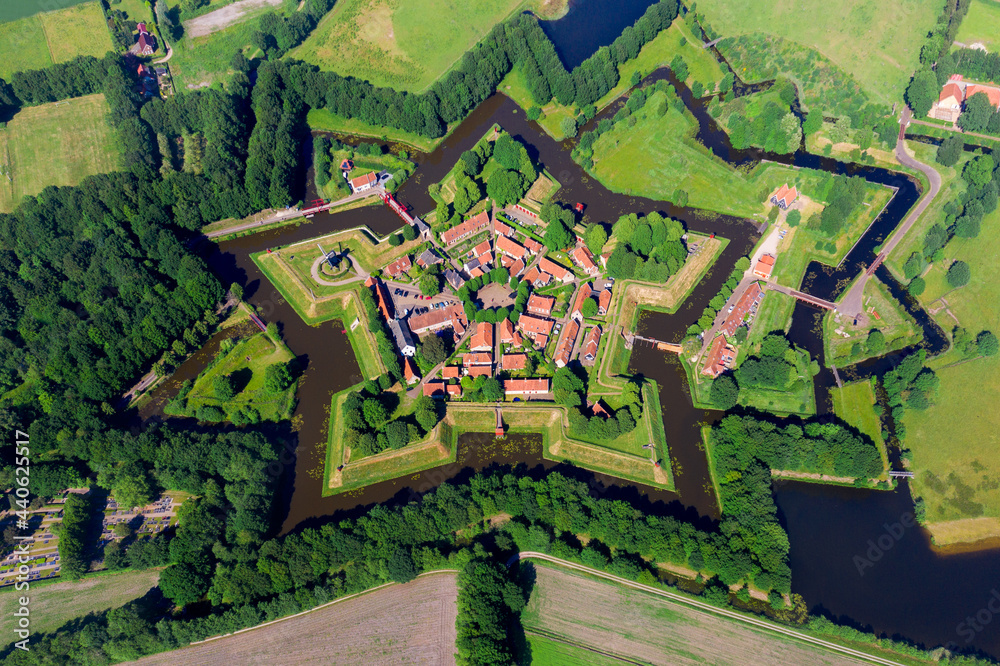
Top view of the Fort Bourtange, located in The Netherlands, our post’s cover page. Source: https://stock.adobe.com/

Map extracted from Google Maps showing the Star Forts location around the world, across 105 nations. Source: Google Maps 2024.
Origins and Evolution
To comprehend the significance of Star Forts, or Bastion Forts, one must delve into their origins. Emerging during the Renaissance period in Europe, these fortifications represented a departure from traditional medieval castle designs. Their development was spurred by advancements in military technology, particularly the widespread use of gunpowder and artillery.
The geometric precision of Star Forts was not merely aesthetic; it served a practical purpose. The star-shaped layout provided multiple angles of defense, allowing for optimal coverage and crossfire against enemy attacks. This innovative design maximized the efficiency of cannons and muskets, making it significantly harder for besiegers to breach the fortifications.
Well, that’s the official narrative about Star Forts being created by gunpowder fueled military societies from the 15th-16th Centuries. Societies that had very limited technological and physiological knowledge according to the official history, still dealing with numerous diseases, heavy metal works, and very low human longevity. However, they were able to build those enormous structures all around the world that are geometrically perfectly shaped. Shapes which actually in my perspective are not the most interesting for defense matters, with so many corners. I wonder if they also had the same designer! Or perhaps a common school of design. Even though they were different colonisers?
It’s not only me that ask those questions, there are numerous researchers and historians around the world talking about the same thing. They wonder how some things don’t really fit in when you consider different perspectives and parts of history still not quite well explained. We can find many interesting videos about this topic on YouTube, by the way, such as Star Fort Theory and Star Forts.
If you are interested in these type of History mysteries do not miss one of our latest posts about the Taj Mahal, it is quite intriguing!
Sacred Geometry
Beyond their utilitarian function, Star Forts are imbued with a profound sense of sacred geometry. The star shape, with its intersecting lines and symmetrical angles, reflects the principles of harmony and balance inherent in sacred geometry. Ancient civilizations, from the Egyptians to the Greeks, revered geometric patterns as manifestations of divine order and cosmic significance.
The incorporation of sacred geometry into the design of Star Forts suggests perhaps a deeper metaphysical connection. Some theorists propose that these structures were built according to esoteric principles, aligning with ley lines or cosmic energies to enhance their defensive capabilities, if they were defensive. While speculative, such interpretations underscore the mystical allure surrounding Star Forts and their timeless appeal.
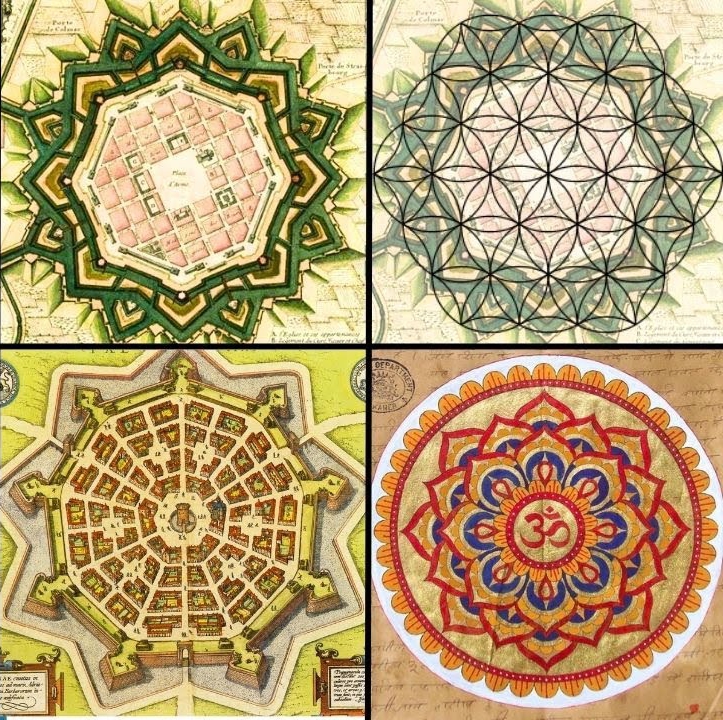
Image comparing a star fort’s shape (Neuf-Brisach in France on the left top corner) with the ‘Flower of Life’ geometry and also with the Hindu ancient symbols based on sacred geometry. Source: https://www.youtube.com/watch?v=m9Swdj9sues
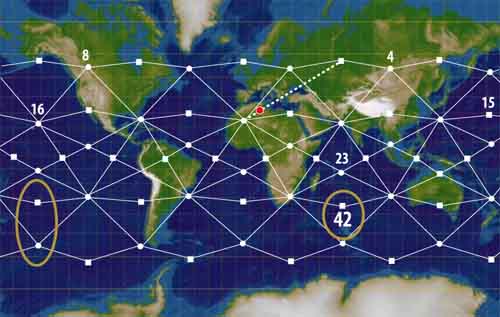
Earth’s Grid System by Becker Hagens, or the Ley Lines. Source: https://allmapslibrary.blogspot.com/2016/09/ley-line-maps-united-states.html
Global Presence
Although commonly associated with Europe, Star Forts can be found across the globe, attesting to their widespread influence and adaptation. In Asia, notable examples include the Goryokaku in Japan and the Manjarabad Fort in India, both of which showcase variations on the star-shaped layout tailored to local terrain and strategic needs.
Interestingly, they ended up being incorporated into the urban fabric of many cities around the world and some of them look fantastically integrated!
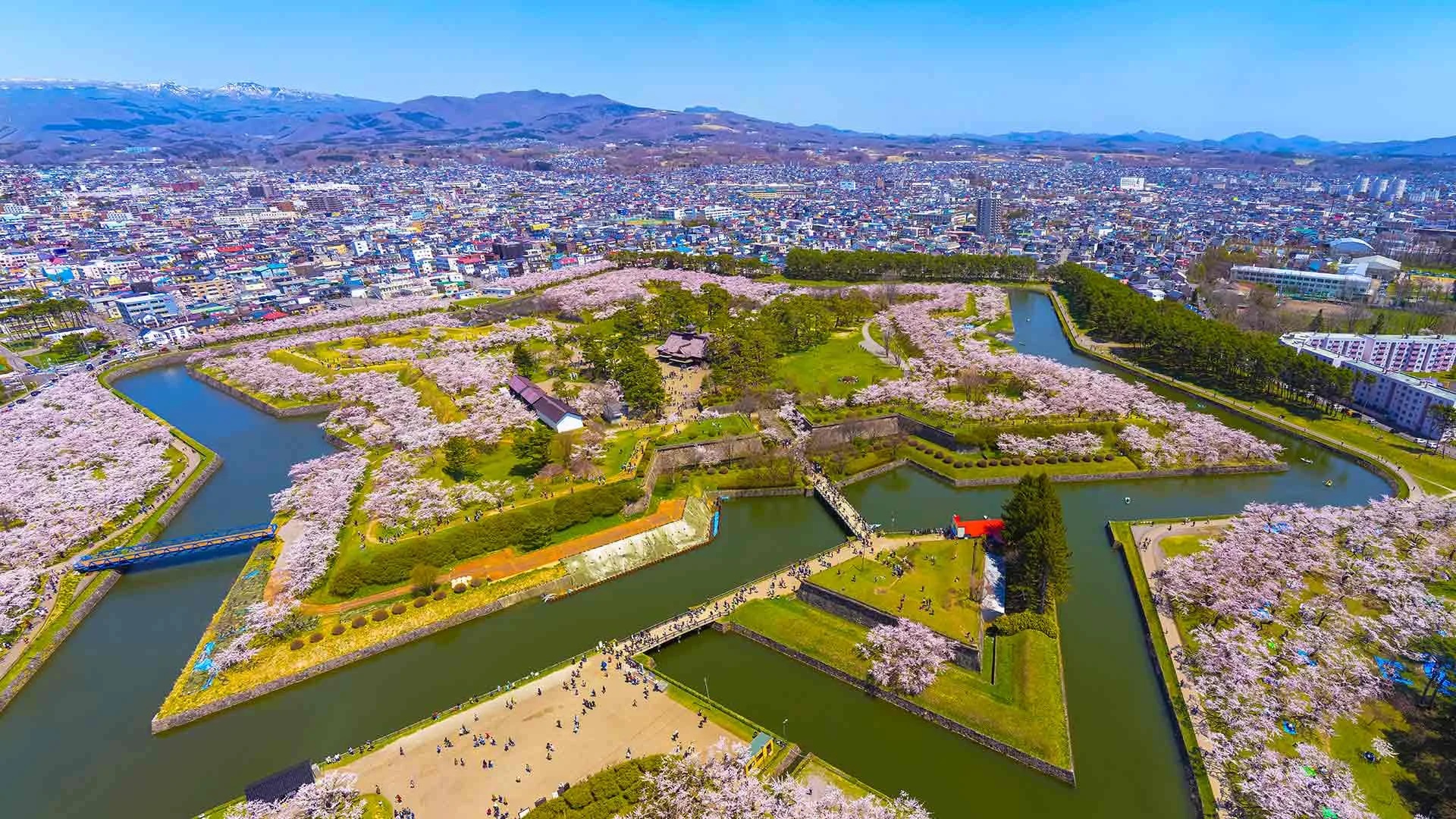
Goryokaku Fort, located in Japan. Source: https://www.byfood.com/areas/hokkaido/goryokaku
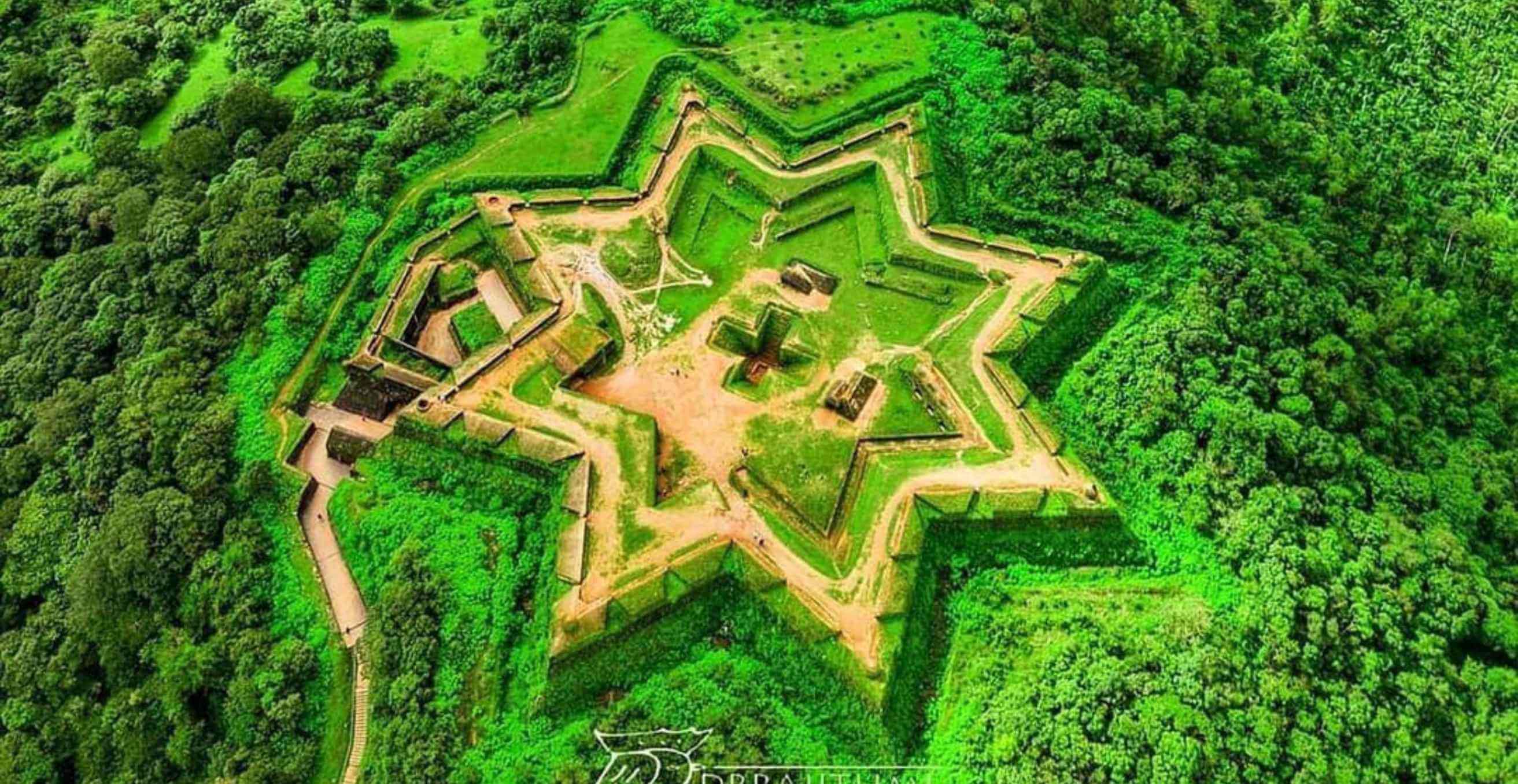
The Manjarabad Fort, located in Karnakata, India. Source: https://www.borrbo.com/outings/Manjarabad-Fort

Present-day Dong Hoi Citadel, Vietnam. Source: https://vietnamseaplanetours.com/hue-seaplane-tour/
In the Americas, Star Forts played a pivotal role in shaping colonial conflicts and territorial expansion. The Castillo de San Marcos in St. Augustine, Florida, and Fort McHenry in Baltimore, Maryland, exemplify the adaptation of European fortification techniques to the New World. These fortresses stand as enduring symbols of resilience and heritage, inviting visitors to contemplate their historical significance.
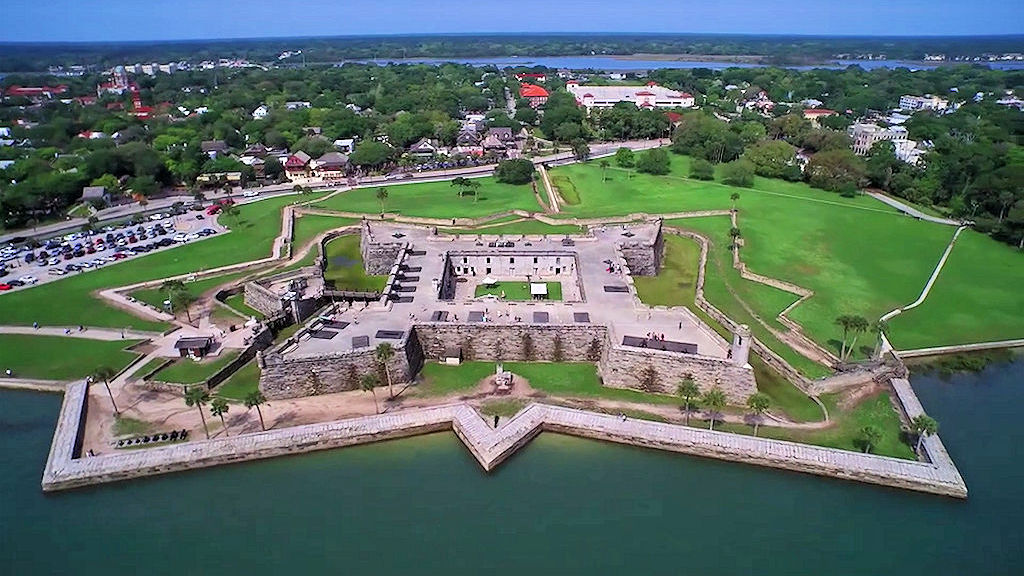
Castillo de San Marcos in St. Augustine, Florida, USA. Source: https://staugustineadventure.com/attractions/castillo-de-san-marcos/

Fort McHenry in Baltimore, located in Maryland, USA. Source: https://baltimore.org/what-to-do/behind-the-ramparts-of-fort-mchenry/

Reis Magos Fort, located in Natal, Brazil. Source: https://www.praiamarhoteis.com.br/es/o-que-fazer-em-natal/forte-dos-reis-magos
Cymatics
There is one field of study that intrigues many people these days, it is called Cymatics. It is sort of a tool that enables us to see the invisible, in a way. Long short story, experiments with cymatics allows us to visualise geometric patterns formed by different frequencies applied to physical substances such as water and sand distributed in a metallic surface. It is amazing to notice how the geometric shapes vary according to the different sounds, or frequencies, being emitted by an specific source.
Some speculate that, perhaps, the Star Forts had some lost function in the past related to cymatics, especially because many of them are located over large portions of water.

Notes on a piano as Cymatic images. Source: https://ask.audio/articles/how-sound-affects-you-cymatics-an-emerging-science
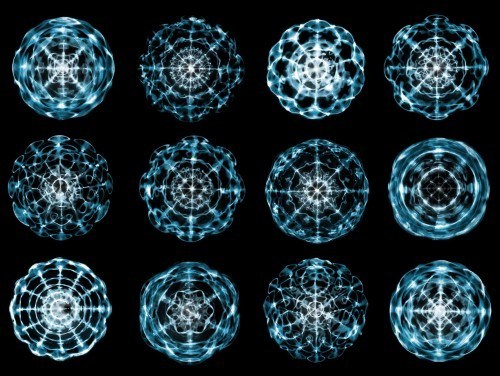
Water samples submitted to different sound frequencies. Source: https://blog.ambient-mixer.com/uncategorized/cymatics-the-visualization-of-sound/
Legacy and Preservation
Despite the passage of centuries, many Star Forts endure as tangible reminders of humanity’s ingenuity and resilience. Efforts to preserve and protect these architectural marvels are underway, driven by a recognition of their cultural value and historical significance. Organizations such as UNESCO recognize several Star Forts as World Heritage Sites, underscoring their universal importance.
Beyond their historical and cultural significance, Star Forts continue to inspire awe and fascination in the modern era. Their geometric elegance and strategic prowess serve as enduring testaments to human creativity and innovation, transcending the boundaries of time and geography.
Conclusion
In the vast tapestry of human history, Star Forts occupy a unique and intriguing niche. From their origins in Renaissance Europe to their global presence today, these fortifications embody the convergence of military strategy, architectural ingenuity, and sacred symbolism. As guardians of the past, they invite us to explore the mysteries of history and contemplate the timeless principles of sacred geometry. In doing so, we gain not only a deeper appreciation for the marvels of human achievement but also a renewed sense of connection to our shared heritage.
Even though they make us raise questions about our history as humanity and to wonder whether in the past there was a global civilisation from which we know very little about, those are pretty amazing structures that keep inspiring and amazing us everywhere we go in this Earth. I guess reality is made to be questioned, that’s actually how we evolve. I really hope they inspire you too! ♣
Important Sources:
https://threadreaderapp.com/thread/1331067521156395010.html
https://en.wikipedia.org/wiki/List_of_bastion_forts
https://www.theatlantic.com/photo/2023/11/photos-star-forts/675936/
https://ask.audio/articles/how-sound-affects-you-cymatics-an-emerging-science

















































